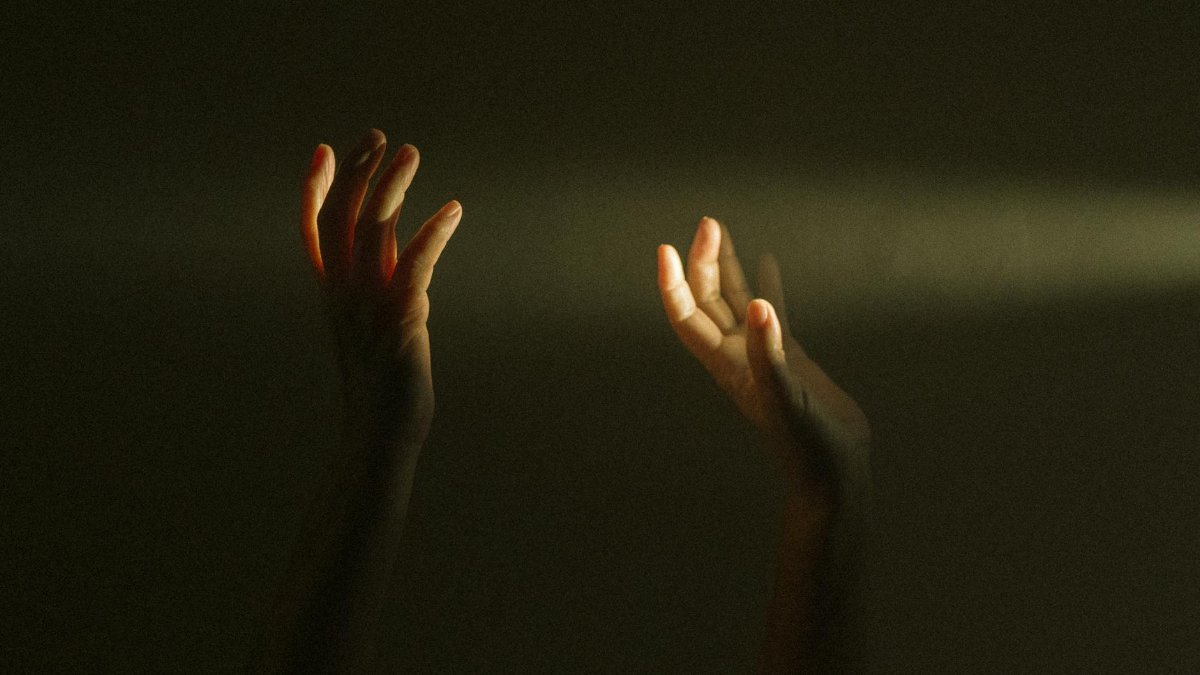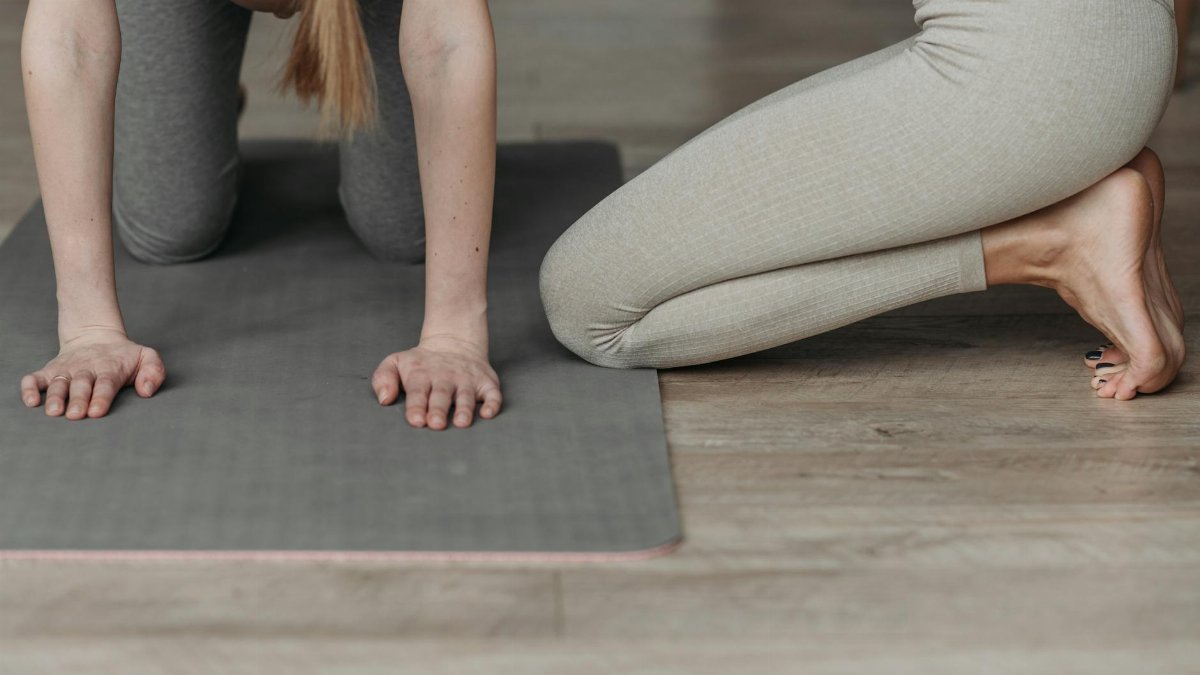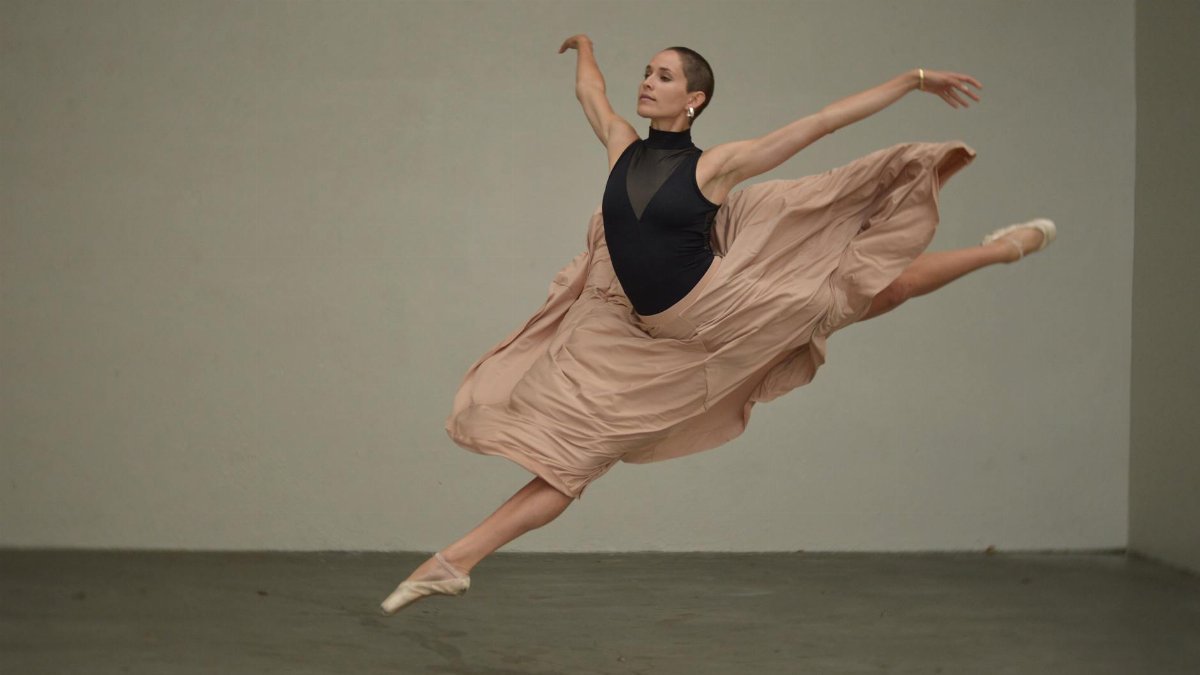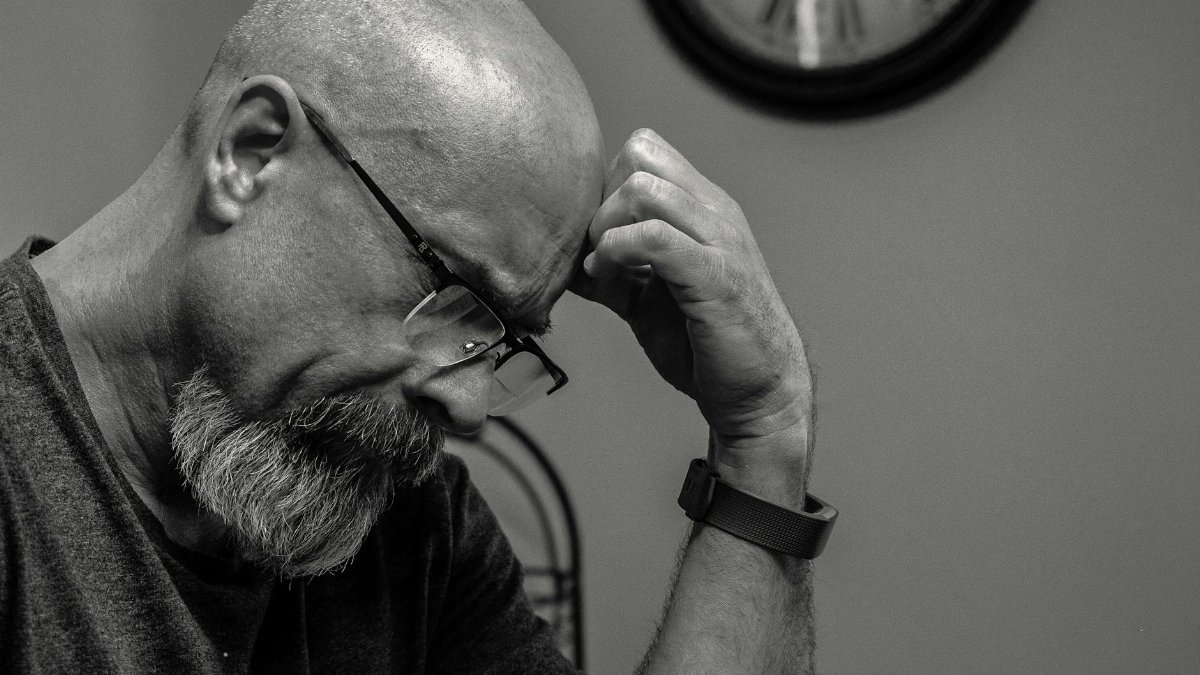Imagine a gym in a bustling American city, where the clank of weights echoes off the walls. Amid the sweat and determination, a small group of lifters gathers in a corner, their chests rising and falling in deliberate, contrasting rhythms. They’re not just catching their breath—they’re practicing contrast breathing recovery, a technique gaining traction among fitness enthusiasts for its potential to speed up post-workout healing. This method, which alternates between deep, slow inhales and sharp, quick exhales, promises to calm the nervous system and enhance muscle recovery after intense lifting sessions. As more athletes and weekend warriors seek ways to bounce back faster in 2025, this breathing strategy is emerging as a subtle yet powerful tool. It’s not just about working harder; it’s about recovering smarter. But what makes this approach stand out, and can it really deliver?
The Science Behind Contrast Breathing Recovery

The idea of using breath to influence recovery isn’t new, but contrast breathing recovery adds a specific twist. It involves alternating cycles of slow, diaphragmatic breathing—think long inhales through the nose for four seconds, followed by extended exhales—with short, rapid bursts of shallow breathing. The theory? This contrast mimics the body’s natural shift between sympathetic (fight-or-flight) and parasympathetic (rest-and-digest) states, helping to downregulate stress after a heavy lift. Research from institutions like the University of California suggests that controlled breathing can lower cortisol levels, a stress hormone that spikes during intense exercise and slows recovery. A study published in the National Library of Medicine highlights how breathing techniques impact autonomic nervous system balance, potentially reducing inflammation.
Picture a lifter who’s just maxed out on deadlifts. Their heart is racing, muscles trembling. By engaging in contrast breathing, they might trick their body into a quicker cooldown, signaling safety to overworked systems. It’s not magic, though—experts caution that the evidence, while promising, is still emerging. Still, the logic tracks: if stress delays healing, a method to curb it could be a game-changer.
Why Lifters Are Turning to Breathwork

Walk into any serious gym in 2025, and you’ll likely spot someone practicing intentional breathing post-workout. For lifters, recovery isn’t just a luxury—it’s the foundation of progress. Pushing heavy weights tears muscle fibers, and without proper rest, gains stall. Traditional recovery often means ice baths or foam rolling, but contrast breathing recovery offers something different: accessibility. No equipment needed, just a few minutes of focused breath. One gym-goer, after a grueling squat session, described it as “a reset button for my whole system.” Their words echo a growing sentiment among athletes who feel overwhelmed by complex recovery protocols.
This trend isn’t just anecdotal. A report from the American College of Sports Medicine notes a surge in mind-body practices among fitness communities, with breathing techniques climbing the ranks. For lifters juggling tight schedules, a quick, cost-free method is hard to ignore.
How Contrast Breathing Fits Into a Lifting Routine

So, how does this actually work in practice? Contrast breathing recovery is often done immediately after a workout, during the cool-down phase. A common protocol starts with two minutes of slow, deep breathing—inhale for four, hold for two, exhale for six. Then, switch to 30 seconds of rapid, shallow breaths through the mouth, mimicking a slight hyperventilation to stimulate the system before calming it again. Repeat for three to five cycles. The alternation is key; it’s believed to enhance oxygen delivery to fatigued muscles while flushing out metabolic waste.
Some coaches suggest pairing it with light stretching, letting the breath guide the body’s unwind. A resource from the Mayo Clinic on stress reduction techniques supports the idea that rhythmic breathing can lower heart rate, a critical factor for post-lift recovery. The trick is consistency—doing it sporadically won’t yield the same effect as making it a ritual.
Challenges and Missteps to Avoid

Not everyone gets contrast breathing right on the first try. A common mistake is overdoing the rapid breathing phase, which can lead to dizziness or anxiety rather than calm. One lifter shared a frustration often echoed in fitness circles: “I pushed the fast breaths too hard and felt worse than when I started.” The lesson? Moderation matters. Start slow, maybe with shorter cycles, and listen to the body’s cues. It’s not a race.
Another hurdle is skepticism. Some lifters dismiss breathwork as too “woo-woo” for the iron game, preferring tangible tools like protein shakes. Yet, as studies from sources like the Harvard Medical School point out, the mind-body connection isn’t fluff—it’s physiology. Overcoming doubt often means starting small, maybe just a minute after a lift, to feel the shift firsthand.
Real-World Impact on Recovery Times

Does contrast breathing recovery actually cut down downtime? Early feedback from the lifting community leans toward yes, though hard data is still catching up. A powerlifter in his 30s, after incorporating the technique for a month, noticed he could train harder without the usual next-day soreness. “I’m not dragging as much,” he said, a small but telling win. His experience aligns with broader observations in sports science, where reducing post-exercise inflammation is a holy grail. While a full clinical trial on this specific method is pending, related research on breathwork’s effects on muscle recovery shows promise.
The impact isn’t universal, though. Some lifters report minimal change, especially if diet or sleep isn’t dialed in. Breathwork isn’t a standalone fix—it’s a piece of the puzzle. But for those grinding through heavy cycles in 2025, even a slight edge in recovery can mean the difference between plateauing and personal records.
Broader Implications for Fitness Culture

Contrast breathing recovery signals a shift in how we view fitness. It’s not just about lifting heavier or running faster; it’s about sustainability. As gyms across the U.S. fill with people chasing health amid busy lives, the emphasis on recovery is louder than ever. This technique, with its roots in ancient practices but tailored for modern needs, bridges a gap. It reminds us that the body isn’t a machine to be pushed endlessly—it needs deliberate care.
What’s striking is how this fits into a larger wave of mindfulness in sports. Athletes at all levels are waking up to the power of the breath, not just for meditation but for tangible outcomes. Could this be the start of a broader rethink on training? For now, contrast breathing is a quiet revolution, one exhale at a time, reshaping how lifters approach the grind.
Getting Started Without Overthinking It

For anyone curious to try contrast breathing recovery, the barrier to entry is low. Start post-workout, when the body’s still humming from exertion. Sit or lie down if possible—comfort helps. Begin with a simple cycle: three slow breaths, then 20 seconds of quick ones. Notice how the heart rate responds. Adjust as needed. There’s no need for perfection; the goal is to feel a shift, even a small one, toward calm.
Plenty of free resources exist online, from guided videos to apps, though a coach or class can refine the approach for serious lifters. The key is patience. Unlike a new lifting program, the benefits here build subtly. But in a world where every second of recovery counts, especially for those pushing limits in 2025, contrast breathing might just carve out a permanent spot in the toolkit of the dedicated.

As an education professional with a background in Biology and Physics, Dr. Christoph Weber is the analytical heart of Fulfilled Humans. He ensures every piece of content is insightful and grounded in credible knowledge.
Disclaimer
The content on this post is for informational purposes only. It is not intended as a substitute for professional health or financial advice. Always seek the guidance of a qualified professional with any questions you may have regarding your health or finances. All information is provided by FulfilledHumans.com (a brand of EgoEase LLC) and is not guaranteed to be complete, accurate, or reliable.
